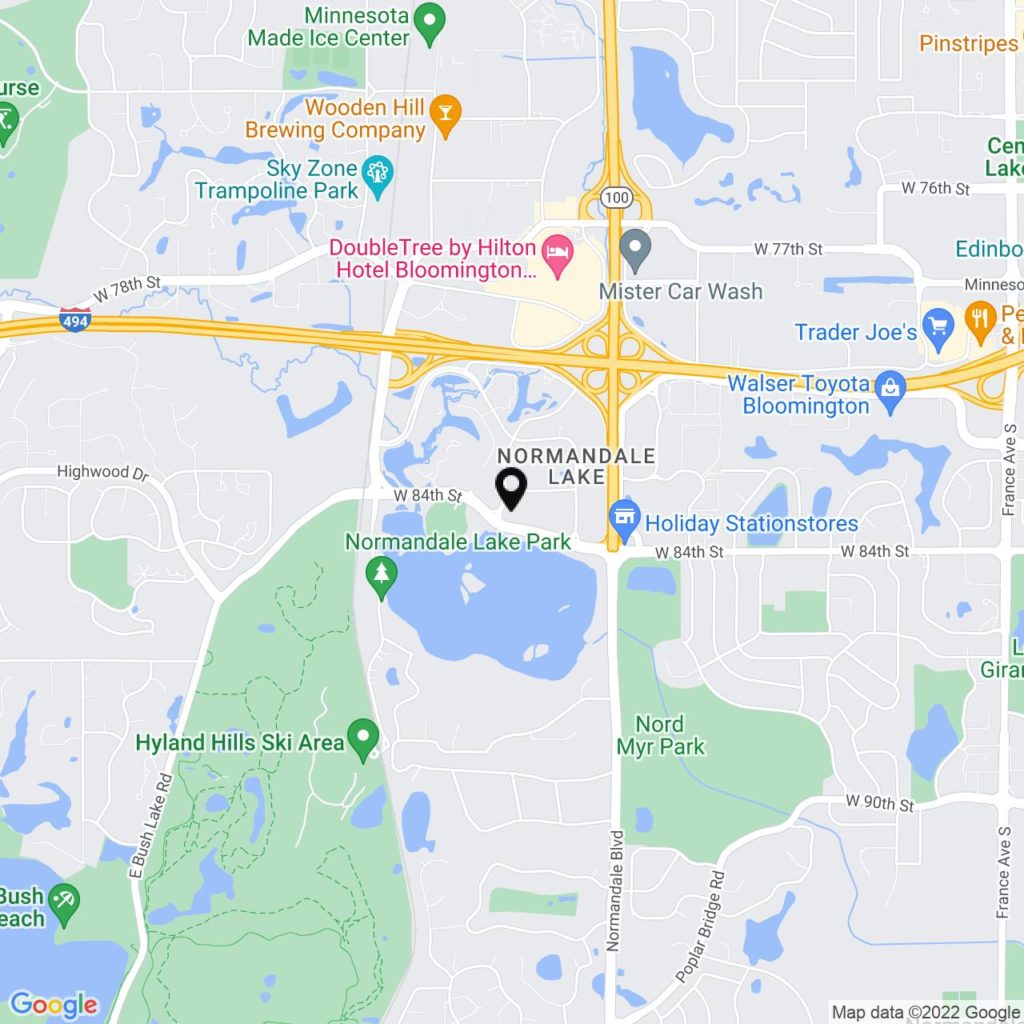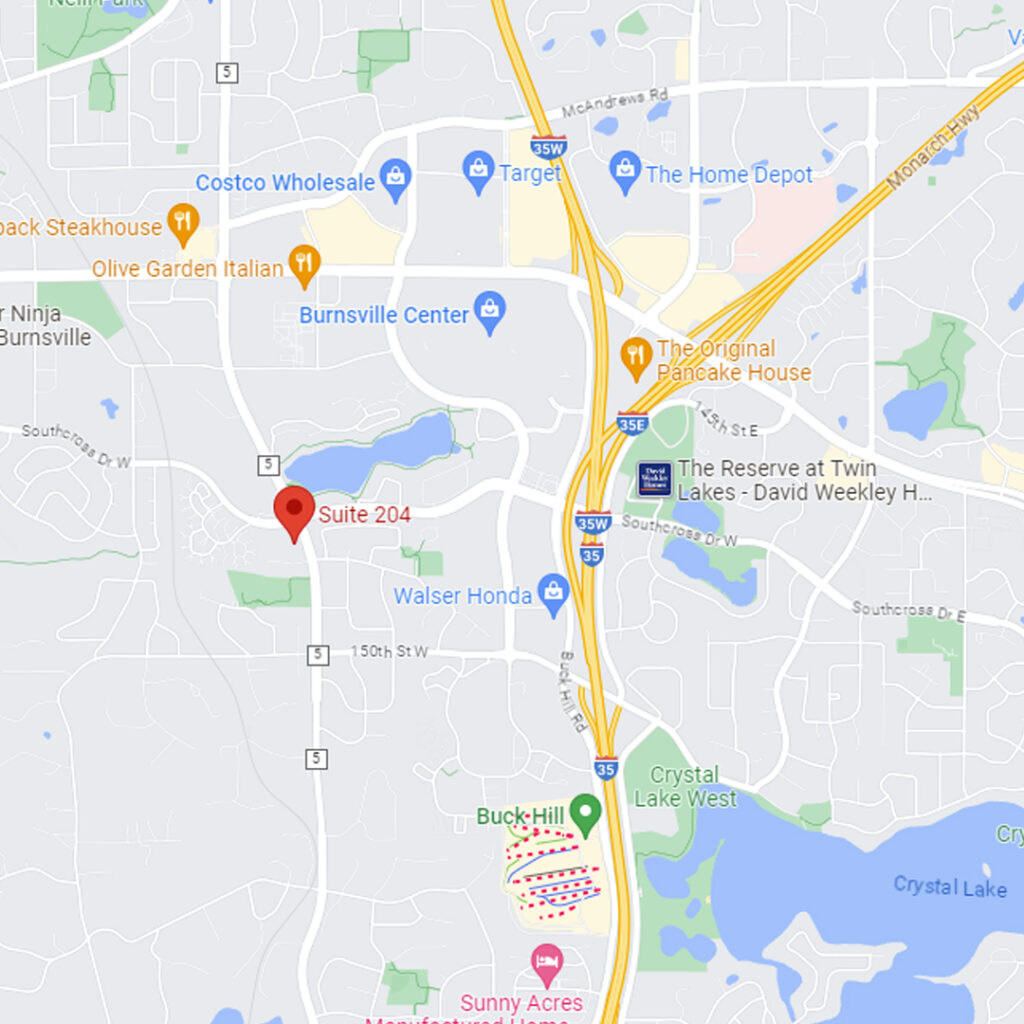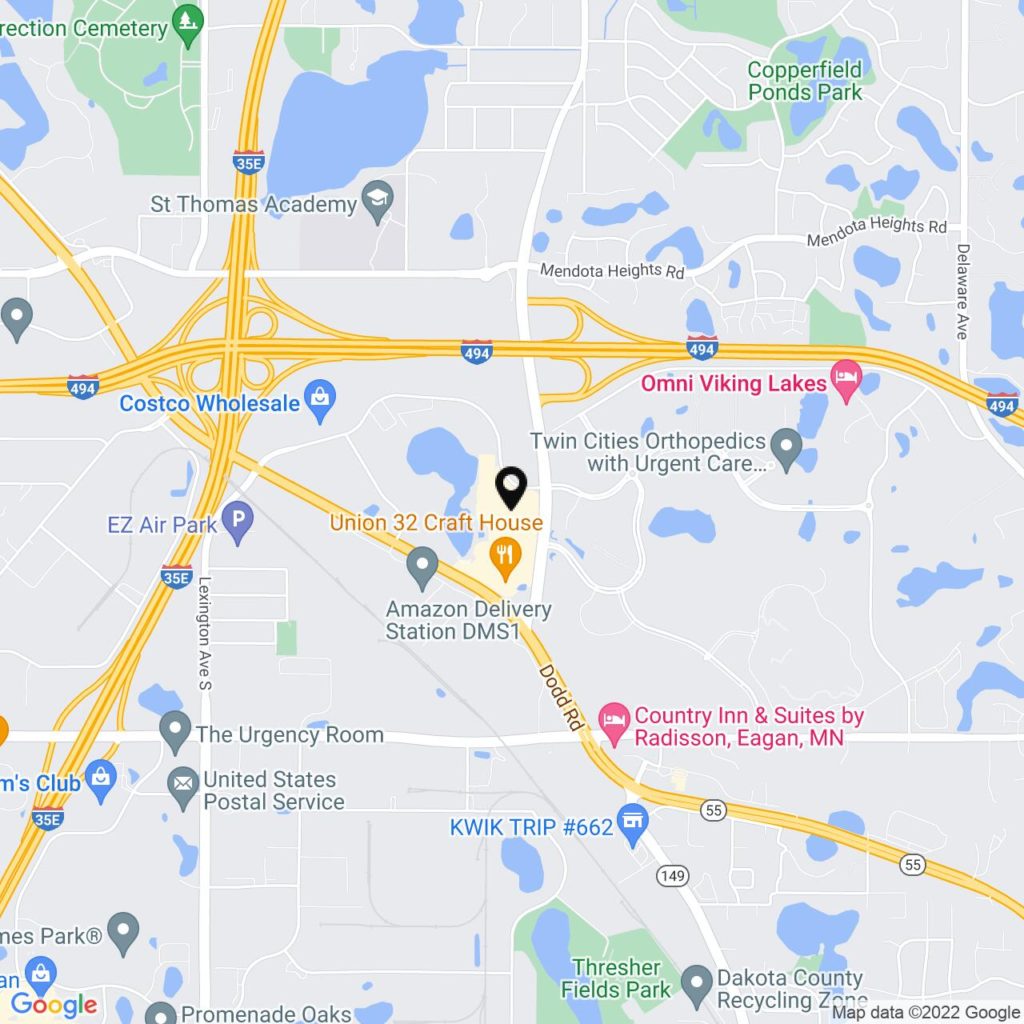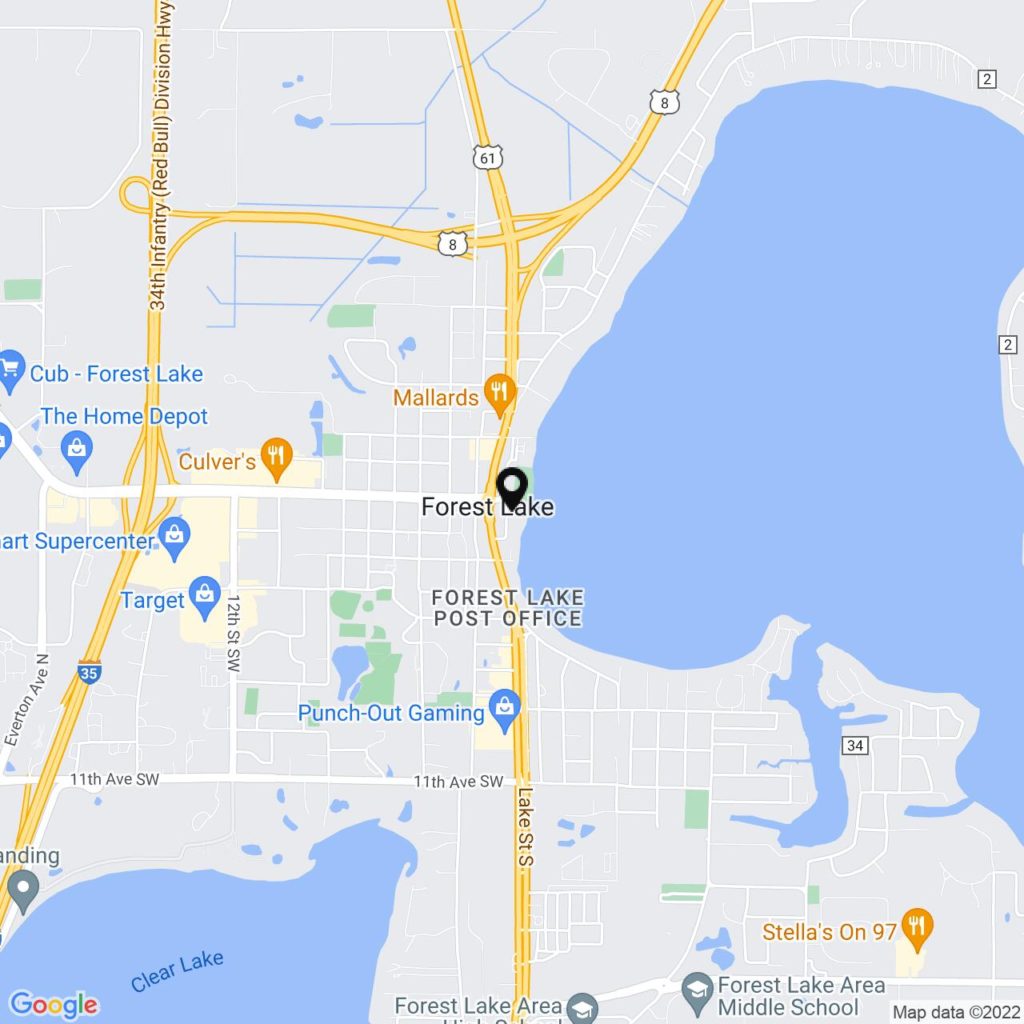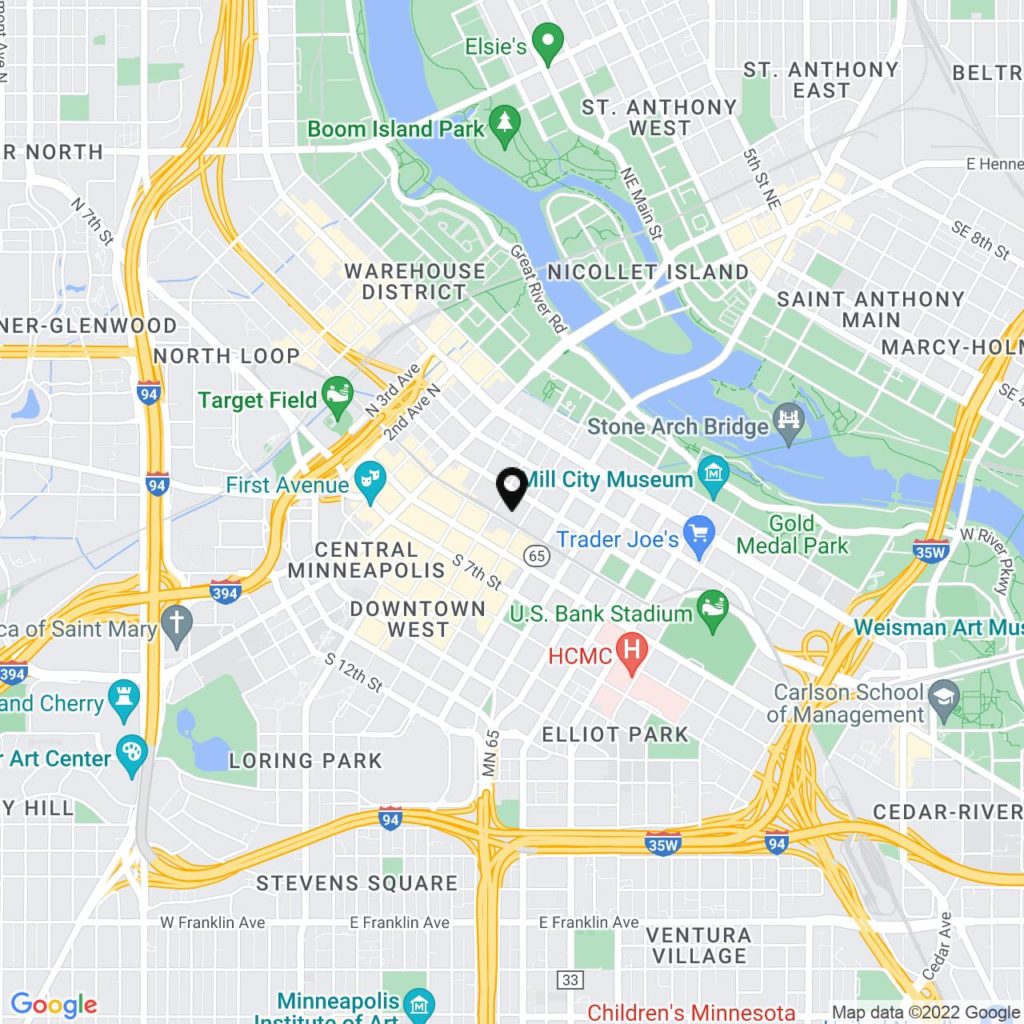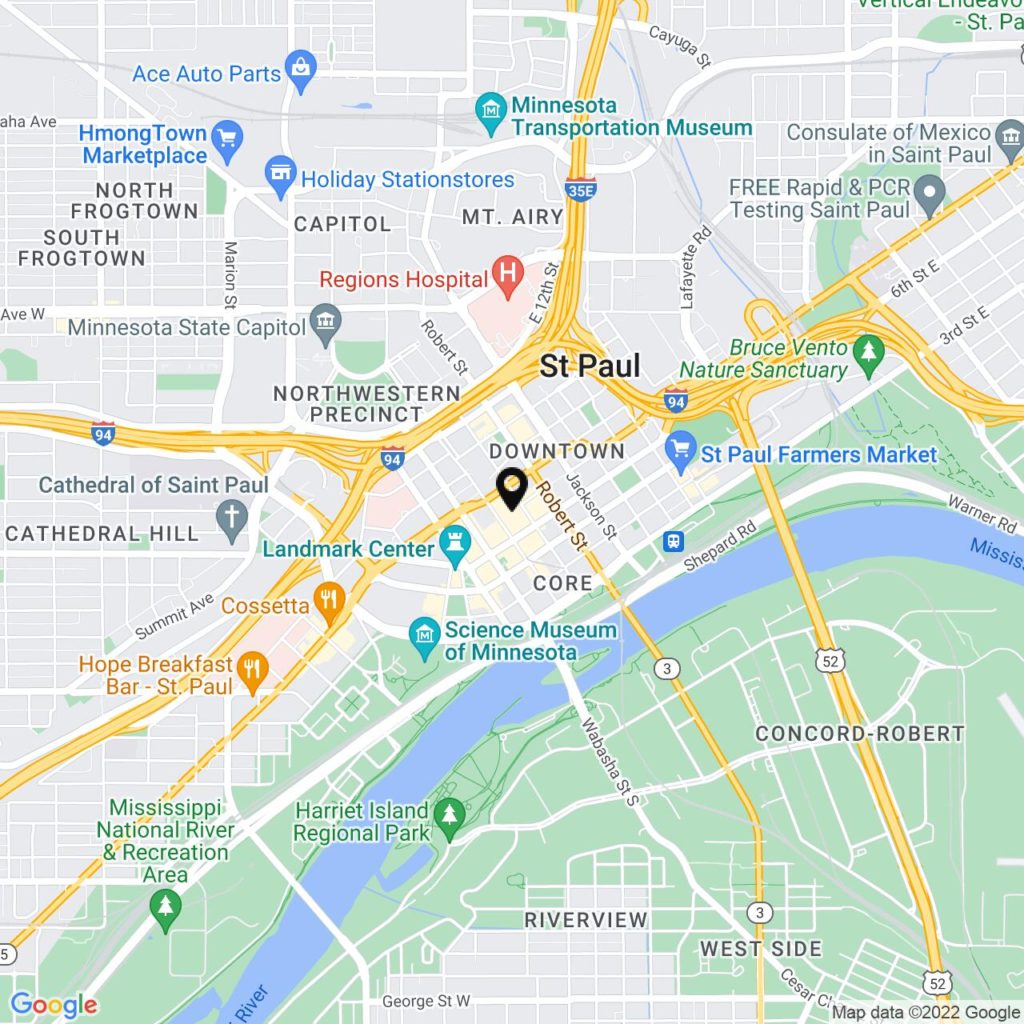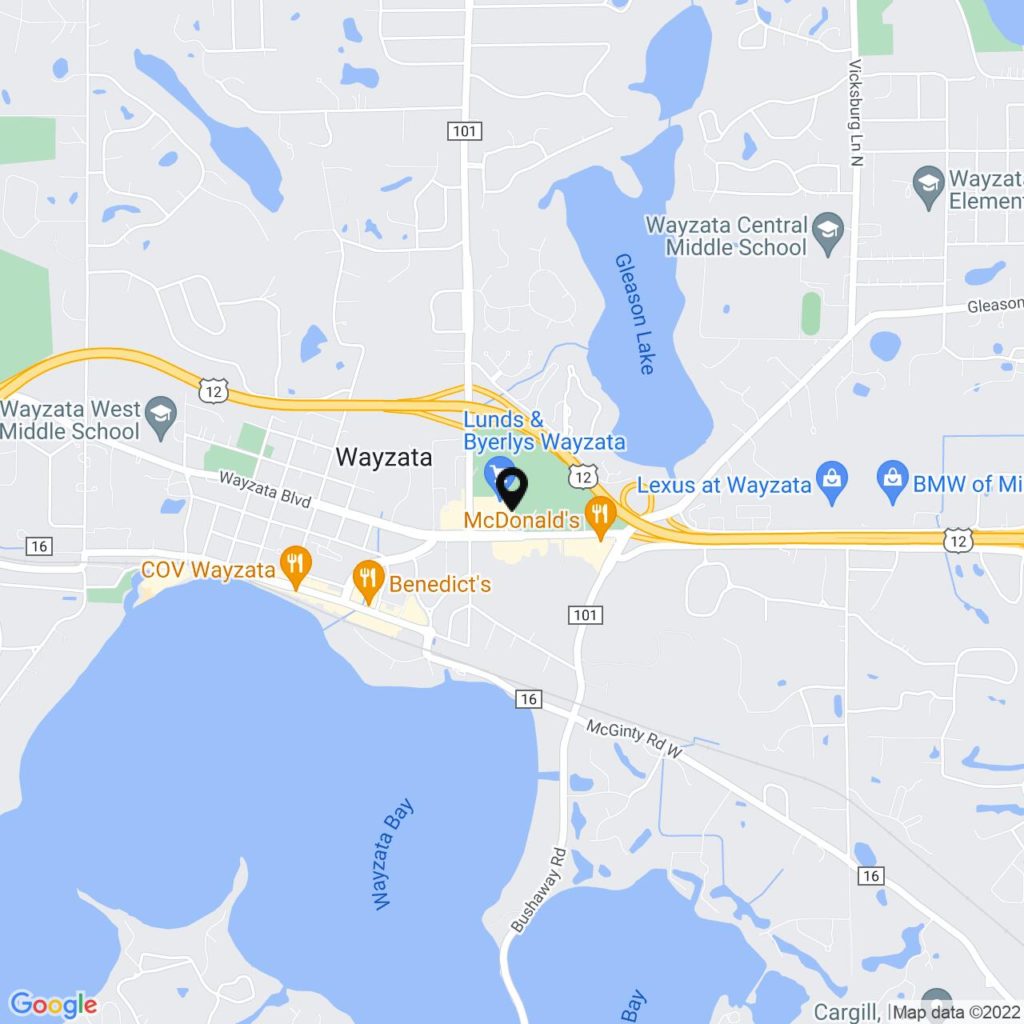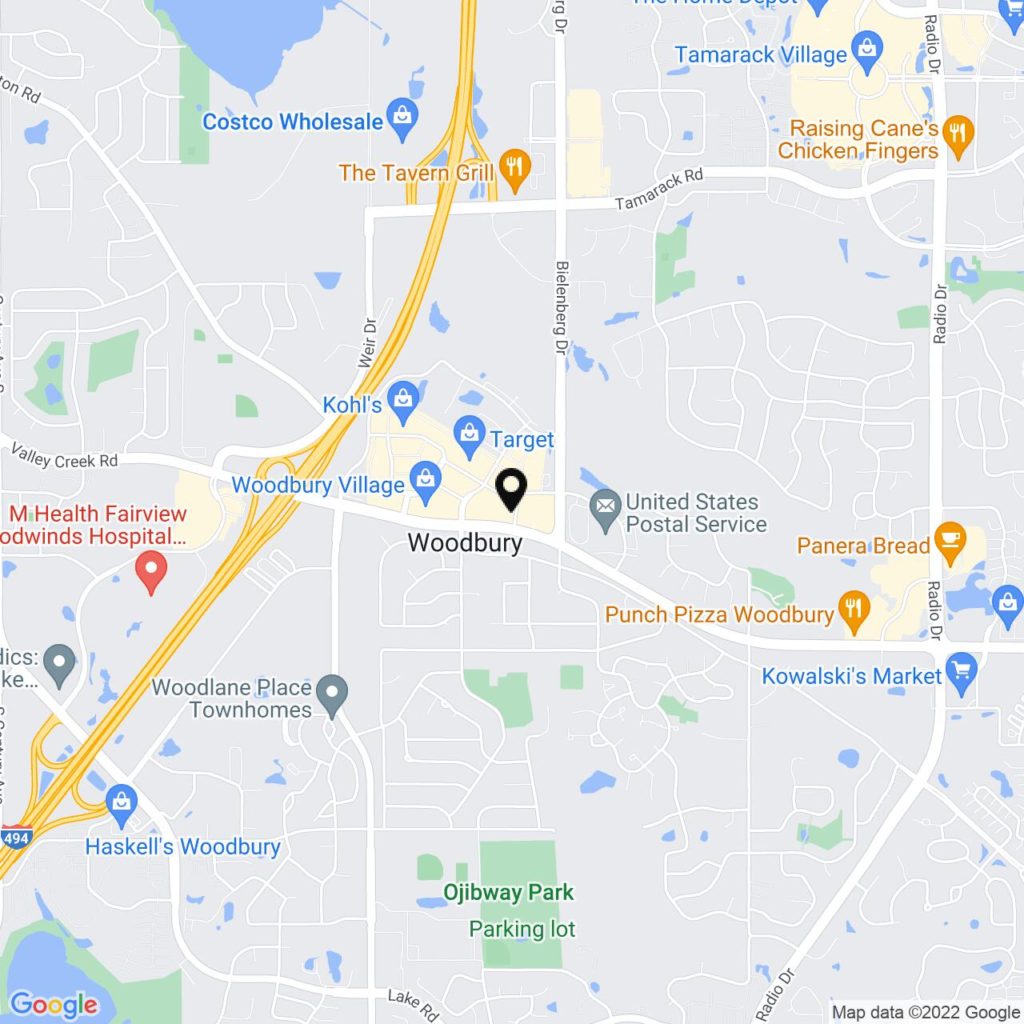Navigating through child custody issues can be challenging, especially when it comes to deciding the child’s primary residence during a divorce. At Johnson/Turner, we understand the nuances of these decisions and are committed to guiding you through this complex process.
The Misconception of ‘Primary Residence’
Many believe that ‘primary residence’ is a straightforward concept, often assumed to be where the child spends most of their time. However, the Minnesota Court of Appeals has expanded this definition. It’s not just about the quantity of time spent with one parent. Factors such as the child’s schooling, religious practices, and social interactions also play a significant role.
A Comprehensive Approach to Custody
In Minnesota, determining a child’s primary residence goes beyond simple mathematics. It involves considering the child’s overall well-being and social environment. In the Suleski v. Rupe case, the court emphasized this holistic approach. Thus, primary residence is where the child not only spends most of their time but also engages in school and social activities.
Implications for Modifying Custody Orders
Understanding the child’s primary residence is crucial, particularly when modifying custody orders. If the primary residence changes, the court requires additional findings. These might include issues like parental interference in parenting time, the child’s integration into a family, or any potential endangerment to the child’s well-being.
At Johnson/Turner, our team is well-versed in these complexities. We strive to ensure that your child’s best interests are at the forefront of all custody decisions. If you’re facing challenges in determining or modifying your child’s primary residence, we’re here to help. Contact us for expert guidance tailored to your unique situation.
Remember, every child deserves a stable and loving environment. Let us assist you in achieving a custody arrangement that best serves your child’s needs.















